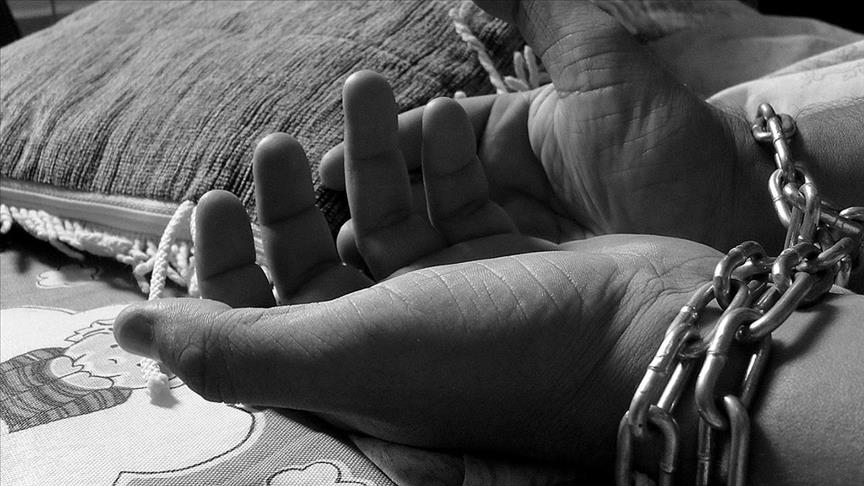GENEVA
For the first time in 20 years, a global decrease in the number of human trafficking victims was seen during the recent pandemic due to COVID-19 restrictions, according to a report from UN Office on Drugs and Crime (UNODC).
“Pandemic-related restrictions on movement and business operations may have at least temporarily reduced some forms of trafficking, including trafficking for the purpose of sexual exploitation and cross-border trafficking,” said the Global Report on Trafficking in Persons 2022.
It added that the 11% reduction in the number of victims was largely seen in low- and middle-income countries where justice, social, and health systems struggled to cope with the pandemic.
The top reduction was seen in East Asia and the Pacific with 59%, followed by North Africa and the Middle East (40%) and Central America and the Caribbean (36%).
Most victims of human trafficking were women, with 42%, according to the report, while 23% of were men and 35% children.
Victims rely on ‘self-rescue’
Most victims are self-rescued (41%), the report said, adding that they manage to escape and reach out to the authorities on their own initiative as anti-trafficking responses fall short.
Only 28% of the victims were rescued by law enforcement institutions, 11% by community or strangers, 10% with initial action by the victim’s family, 9% by other institutions or civil society, and 1% were rescued by other actions.
“This constitutes an alarming result considering many victims of trafficking may not identify themselves as victims,” the report underscored.


